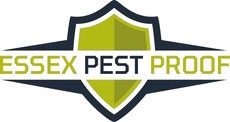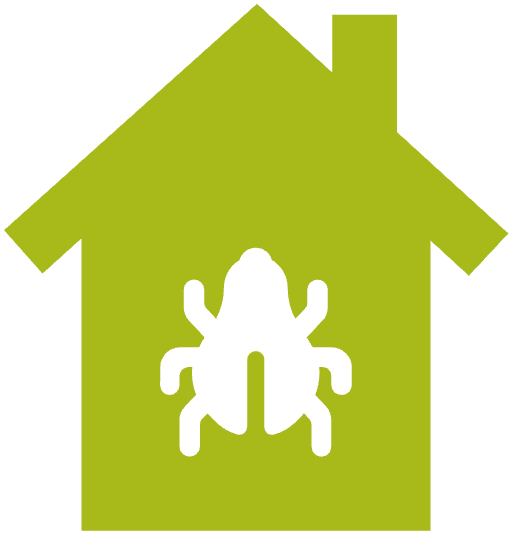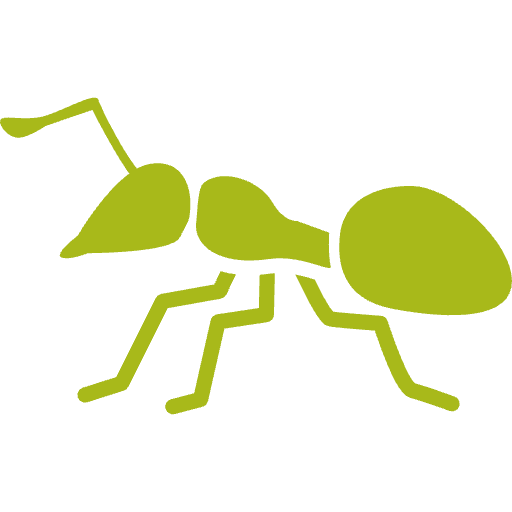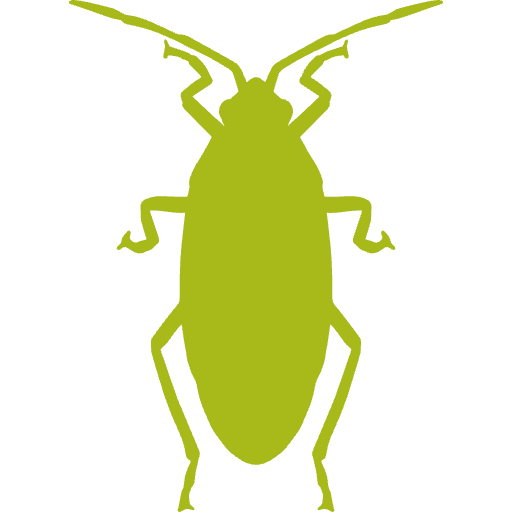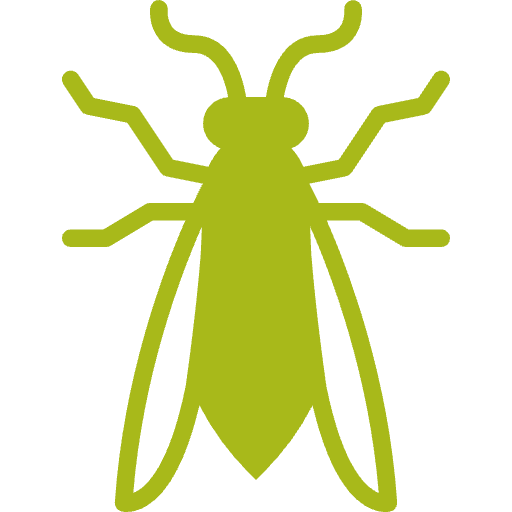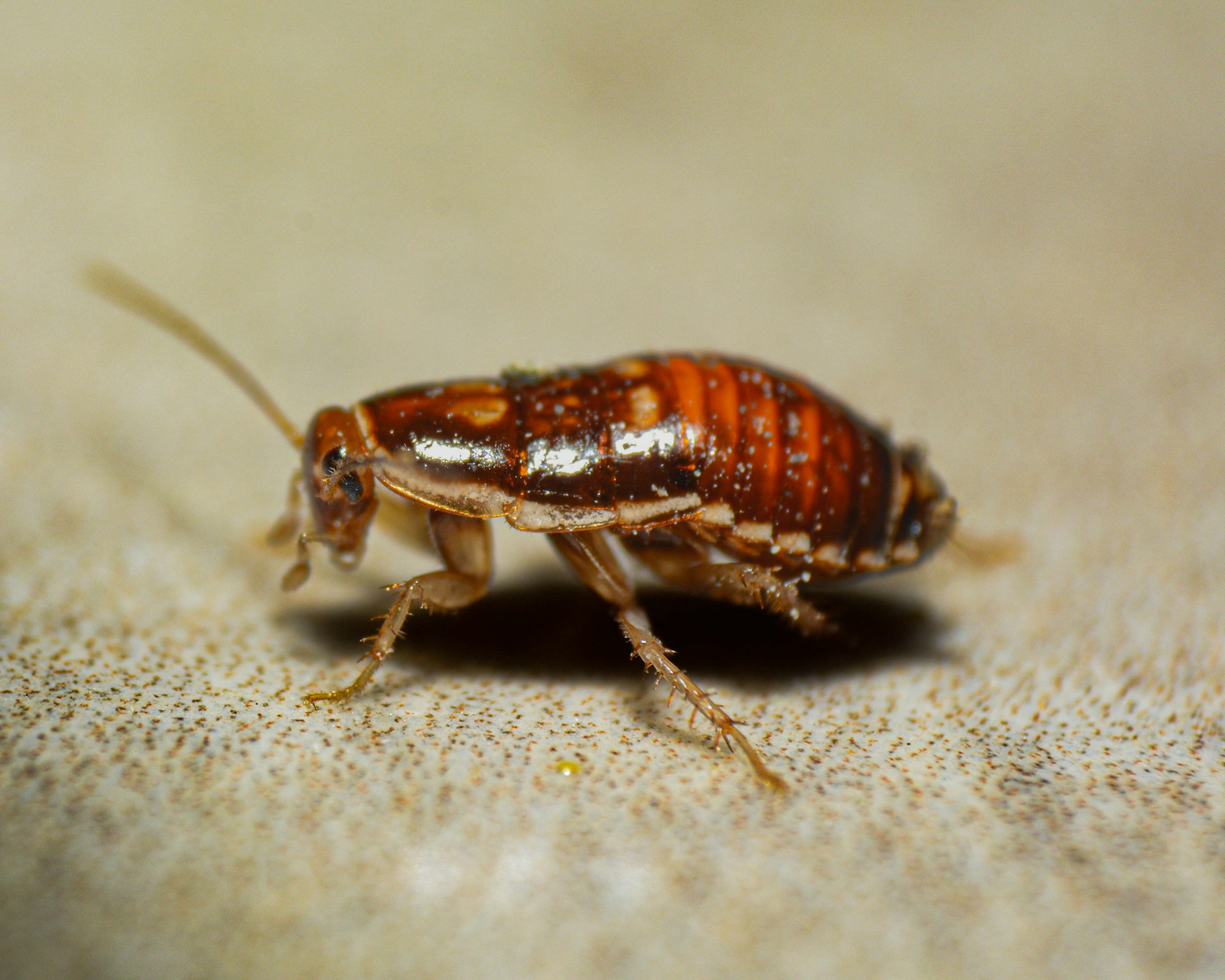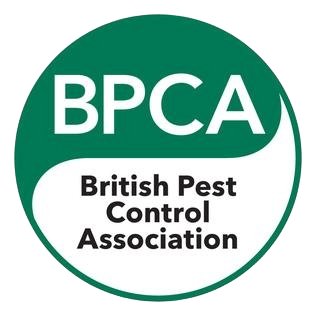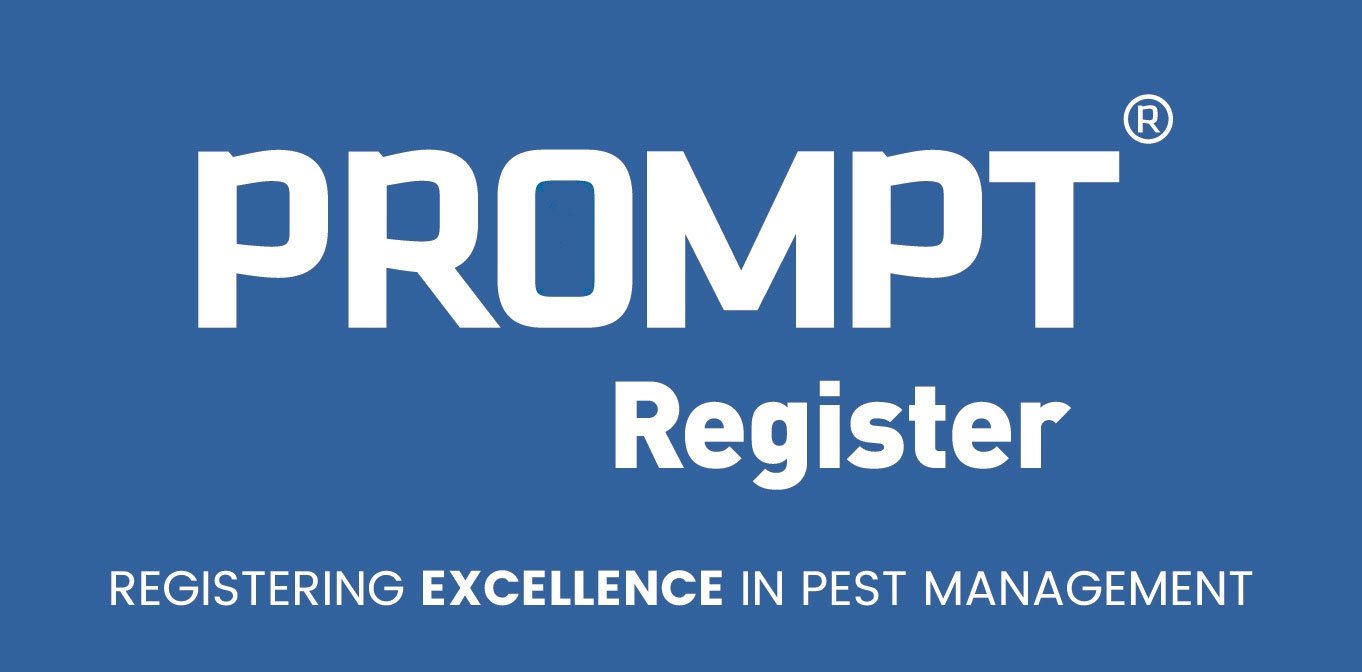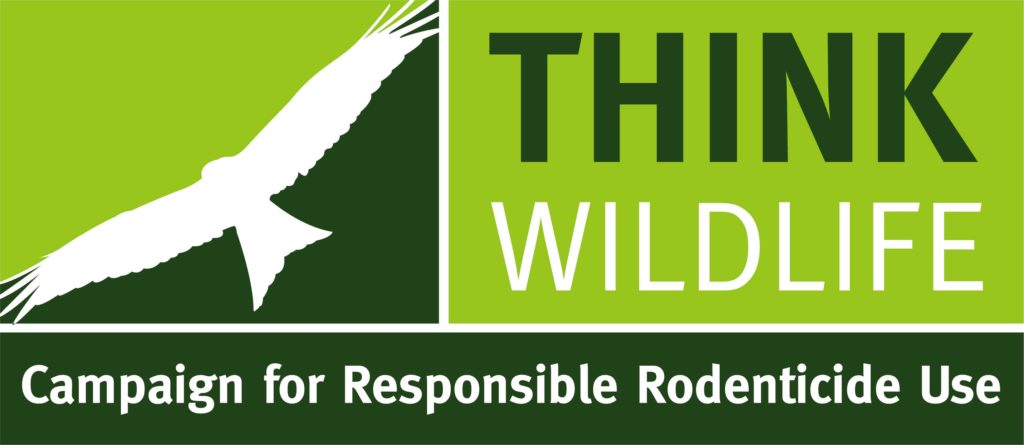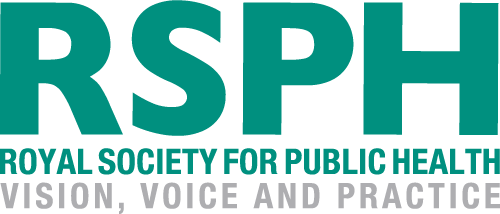Seen Signs Of A Cockroach Infestation?
Cockroaches are an incredibly irritating insect pest that like to enter human habitats in search of food, warmth and shelter. Once inside, they will breed, and as a single female cockroach can have hundreds of young every year, what started as a minor infestation can soon become a significant cockroach problem.
The most obvious sign of cockroaches is seeing live cockroaches in your property. Most cockroaches are easily identifiable, as they are usually over 12mm in length, sometimes up to an inch long, depending on the species. Other signs of cockroaches including droppings, shed skins, smear marks or a pungent smell.
If you see any of these signs of cockroaches, then you need expert cockroach control. Essex Pest Proof are experts in pest control for cockroaches and other pests, providing an integrated approach to ensure that vermin are completely eradicated. Covering Chelmsford, Southend and beyond, we’re here to provide cockroach treatment and prevention for homes and businesses. Call 07505 506 790 to book a site visit.
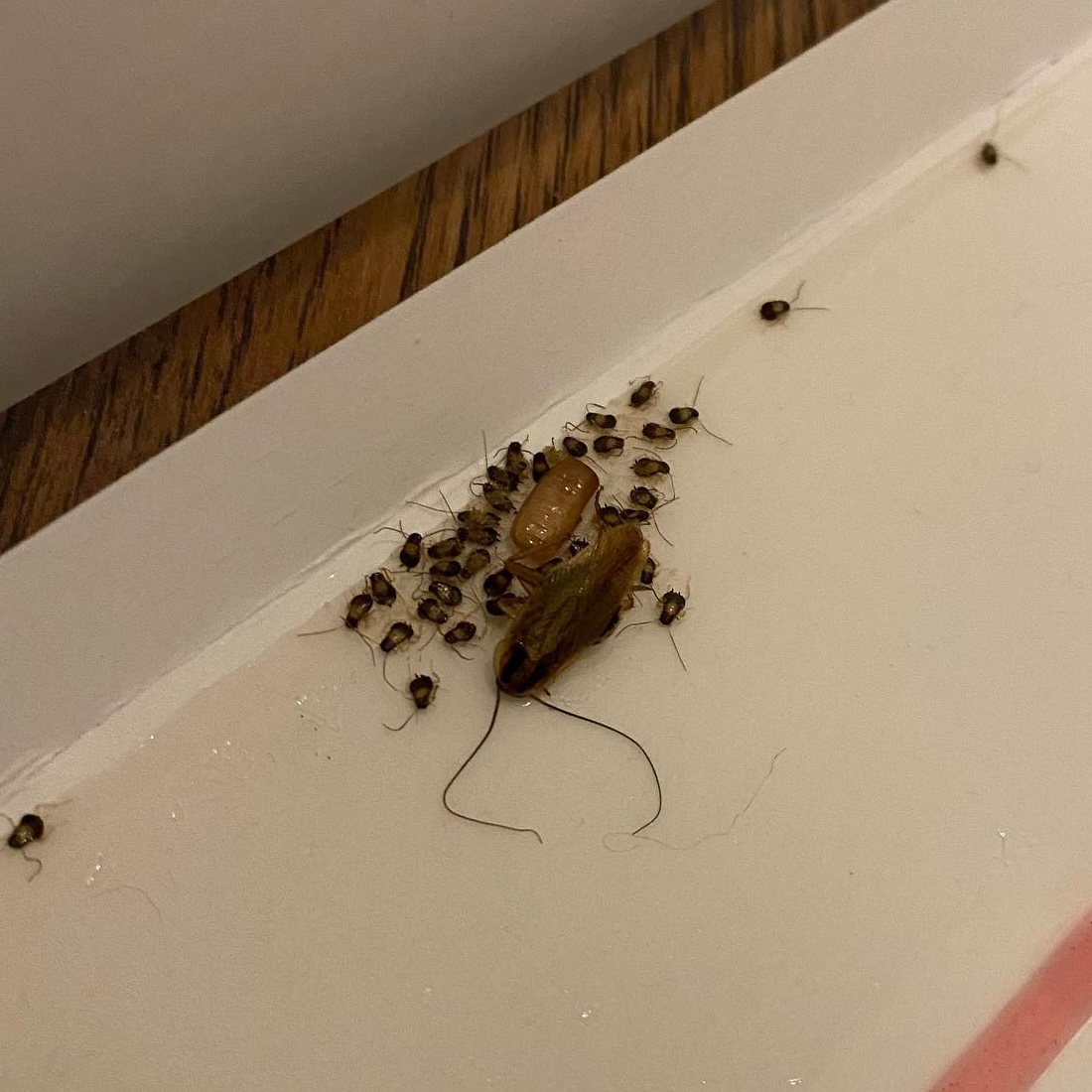
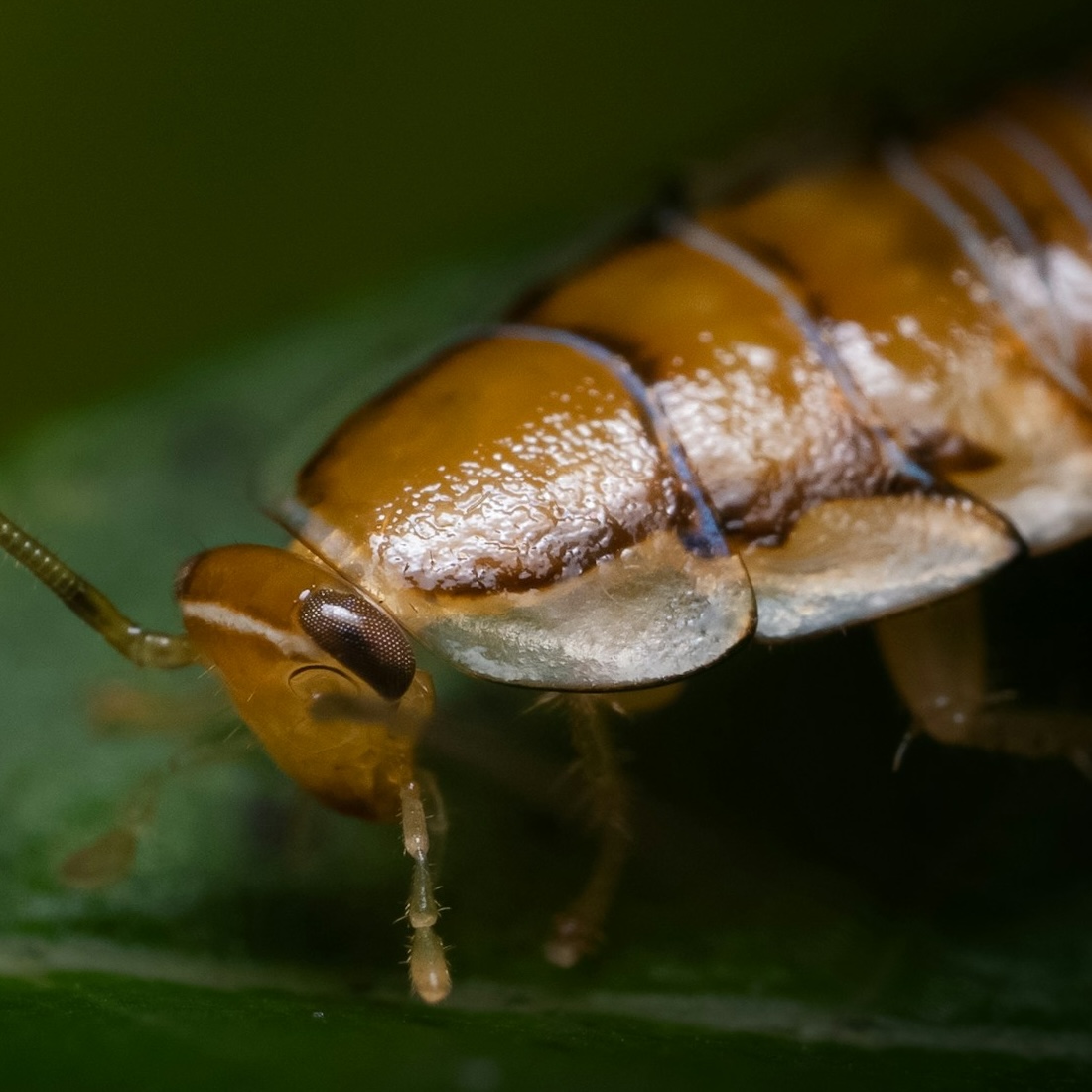
The Importance Of Professional Cockroach Control Services
In the UK, there are several cockroach species found, mainly German cockroaches and Oriental cockroaches. You may also encounter American cockroaches or brown-banded cockroaches. Whatever species you have, they all pose significant health risks to homes and businesses across Essex.
Not only do cockroaches carry diseases, but they can also cause property damage and stress, so you need to find an approach to get rid of them. Cockroaches are difficult to kill, which is why they’re one of the species that’s likely to survive an apocalypse.
DIY methods are ineffective against these hardy pests, which is why you need professional treatment to remove cockroaches. Our team carry out effective pest management to remove the roaches and then pest proof the space to ensure they can’t return. So, as soon as you see signs of a cockroach problem, contact us.
Work With A Leading Provider Of Cockroach Pest Control In Essex
Accreditations
Epic Pest Control, Without The Saga

Free Quotes

Competitive Pricing

Rapid Response

Licensed & Insured
Other Pest Control Services We Offer

Rodents
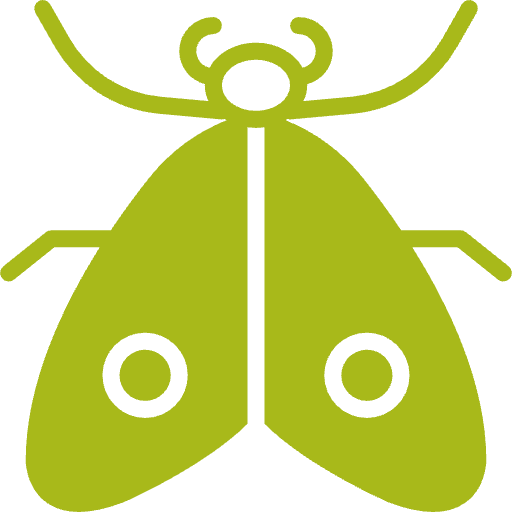
Moths
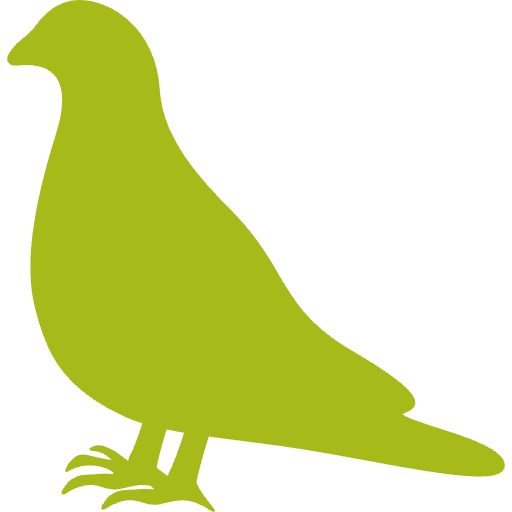
Birds
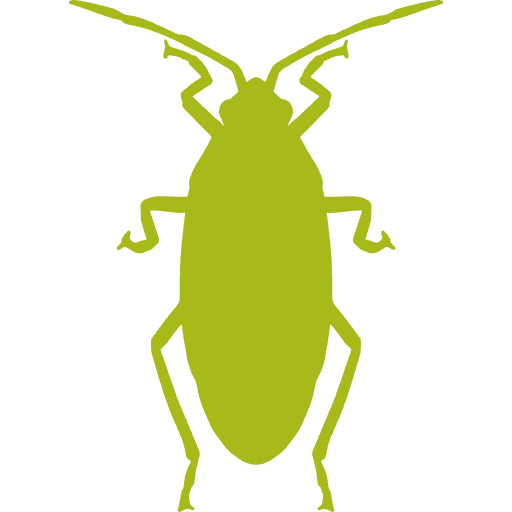
Cockroaches
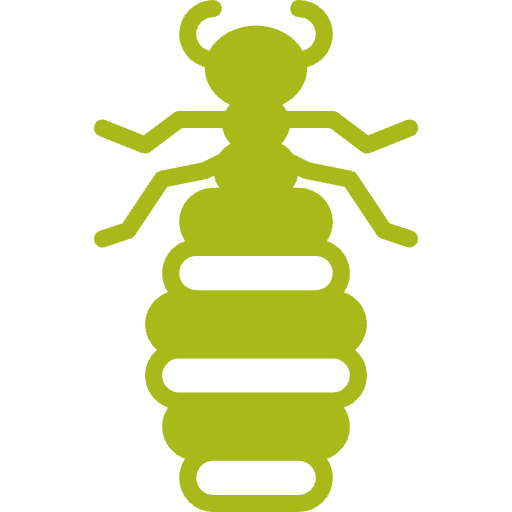
Fleas
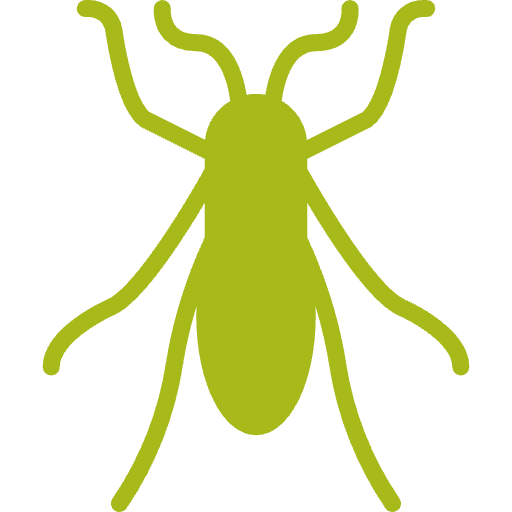
Bed Bugs
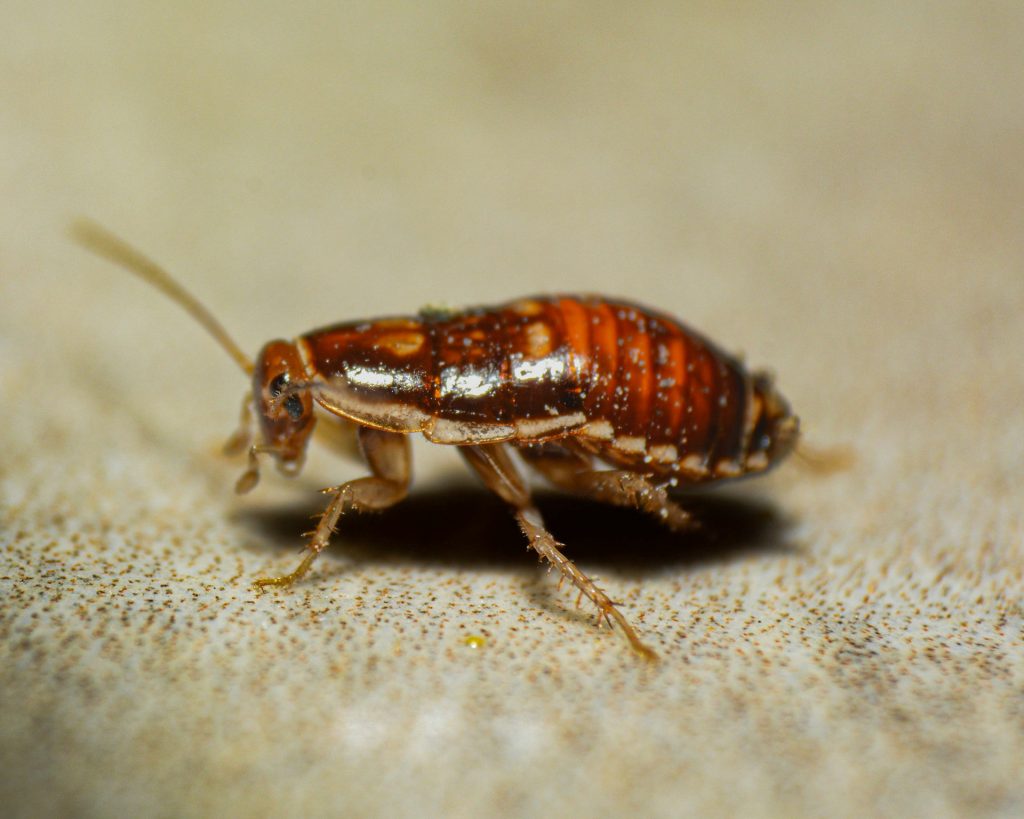
Cockroach Control FAQs
Is It A Good Idea To Squash Cockroaches?
Stamping on them may be an effective approach to killing cockroaches, but it can cause issues. Cockroaches carry allergens and bacteria that can be spread into the air when they are squashed, potentially causing health problems, triggering an allergic reaction or, in some cases, causing an asthma attack. Dead cockroaches can also leave behind marks that can be difficult to get rid of, so it’s best not to squash them if you notice cockroaches on your property.
Will Sleeping With The Light On Keep Cockroaches Away?
Cockroaches are naturally averse to light, but they can adapt to it. As such, sleeping with the light on is not an effective way to get rid of a cockroach infestation.
Do Cockroaches Bite Humans?
While it is uncommon, cockroaches can bite humans in some cases. This usually happens when you’re asleep, and they will normally bite dry skin on extremities such as hands and feet.
Will Cockroaches Go Away On Their Own?
Unfortunately, once they’ve found damp areas and food sources, cockroaches are unlikely to leave an area of their own accord. DIY cockroach treatments are ineffective, so it’s worth investing in professional cockroach pest control services from Essex Pest Proof.
What Is The Best Way To Get Rid Of Cockroaches?
The best way to eliminate cockroaches and ensure they can’t return is to book professional cockroach control services from Essex Pest Proof. Our team have the expertise and equipment needed to remove all adult cockroaches, shed skins, egg cases, droppings and other debris, leaving your property safe, clean and pest-free. They can also seal cracks and crevices to stop cockroaches gaining entrance again, so you know your cockroach infestation is completely gone. Contact us to start your cockroach treatment today.
